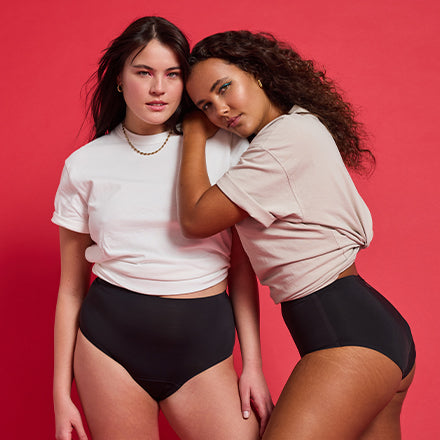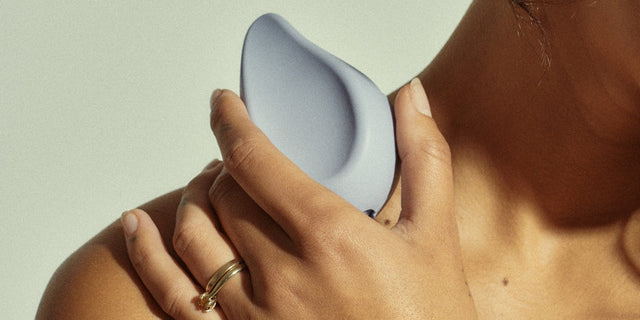Being a woman comes at a high price. In Australia, the gender pay gap still persists, with a likely accumulative effect on women’s wealth over time. Paid parental leave was recently dismissed as being a “first world problem,” and the cost of health insurance typically comes at a higher premium due to pregnancy cover. Then there is necessity of paying for pads and tampons each month. Have you ever contemplated their true cost?
Pads and tampons not as cheap as you think
Sure, ten bucks for pads or tampons seems like a small amount to hand over when standing at the checkout in urgent need. But consider the long-term cost: $10 x 12 months = $120 per year. That equals $1200 over a decade. Or $5600 over the course of your menstruating life. No matter which way you calculate it, it is a lot of money to part with, especially when there are more cost-effective ways of managing your period. Make no mistake: menstrual items pack a punch on your wallet, and our world.
Ten per cent still goes to goods and services tax
For every pack of pads, panty liners, tampons and reusable hygiene products like Modibodi you buy, ten per cent of the cost counts for goods and services tax (GST). Since its introduction in July 2000, women across the country have questioned why sanitary items are still considered non-essential (and therefore attract the tax). Earlier this year the Government debated whether it should be removed, but failed to reach an agreement. Until then, women will continue to be taxed each month, while items such as nicotine patches go GST free.
Tampons can also tax your health
On average 1 in 2 women suffer from heavy periods, and often pads or tampons are fail-safe when it comes to potential leakage. That's why we suggest wearing a pair of Modibodi as back up on heavy days.
More importantly, toxic shock syndrome remains a rare but serious risk. While tampons are convenient and effective, they should be used as sparingly as possible and never used overnight. Change your tampon regularly (at least every four hours) during the day, and Modibodi's can be worn as back up, so that if you run out while out and about you are not stuck having to keep the same tampon in.
As a long-term investment, we of course recommend considering switching to Modibodi’s for light to moderate flow and a menstrual cup: it’s better for your body, your budget, and better for the planet.
What’s your take on the tampon tax? Do you already use a menstrual cup?
Let us know how you minimize cost and waste during your period by leaving a comment or tweeting us at @modibodi.








